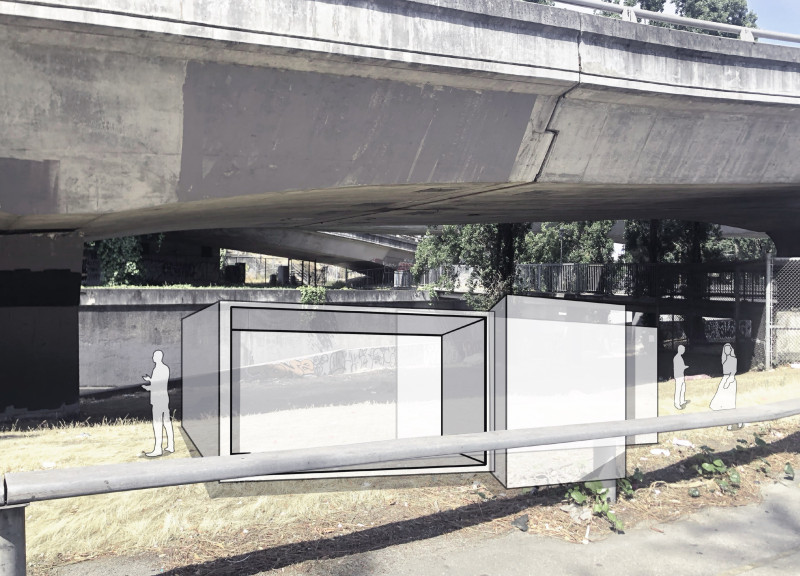5 key facts about this project
The design responds to the urgent need for affordable housing in San Francisco's Mission District, a community known for its rich cultural history. It aims to create homes for families, young professionals, and individuals facing homelessness, focusing on inclusivity and resilience. Centered around the "Affordable Housing Bill of Rights," the concept emphasizes natural light, communal spaces, and flexible designs that enhance residents' quality of life.
Housing Amendments
The framework includes seven amendments outlining the essential conditions necessary for each home. These conditions stress the importance of locating houses in desirable areas while keeping them affordable in relation to residents' incomes. The design also meets contemporary safety standards and ensures ample access to light and fresh air. Outdoor spaces are integral to the design, aiming to foster connections among residents and promote a strong sense of community.
Site Analysis – Niños Unidos
The first site, Niños Unidos, is designed to support families. It is close to parks and schools, allowing families to remain engaged in their community without sacrificing their quality of life. The design features a variety of spatial proportions that enhance livability. This configuration not only encourages interaction among residents but also provides room for personal expression within their living spaces.
Site Analysis – Best Buy-back
The second site, Best Buy-back, reimagines a former retail location. Located at the boundary of the Mission District and SOMA, this site shifts away from traditional retail use. The design introduces community gardens, open spaces, and pathways for pedestrians, creating connections to the surrounding neighborhood. This blend of features fosters community involvement while addressing ecological concerns.
Site Analysis – The Hairball
The final site, The Hairball, tackles the complex issue of homelessness. It includes essential facilities such as showers, toilets, and laundry services, recognizing the broader context of housing issues. The goal is to welcome individuals experiencing homelessness into the community lifestyle, maintaining dignity while providing support. The design strives to balance diverse needs effectively, ensuring that all community members feel integrated.
Overall, the approach emphasizes practical solutions that prioritize functionality and adaptability in urban living. The combination of thoughtfully designed homes and vibrant outdoor spaces reflects an understanding of the social dynamics present in the Mission District. The result is a project that seeks to build connections among residents while addressing critical housing challenges.





















































